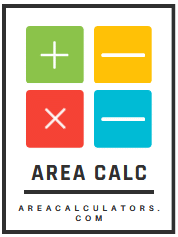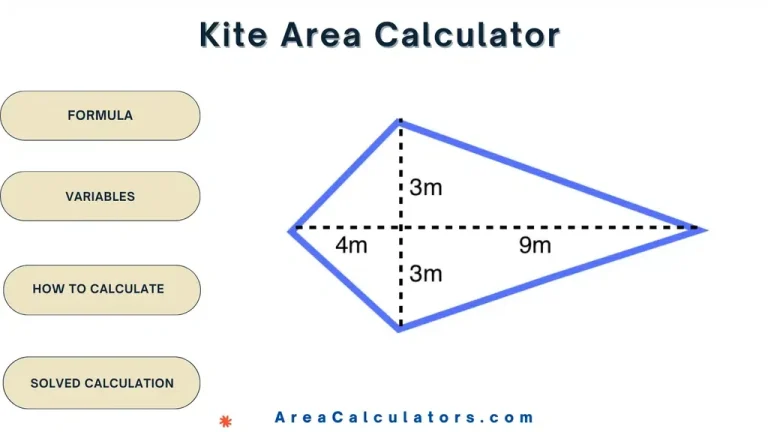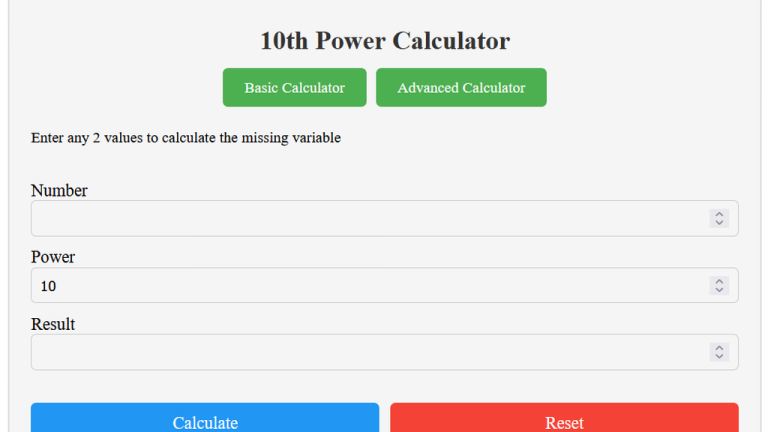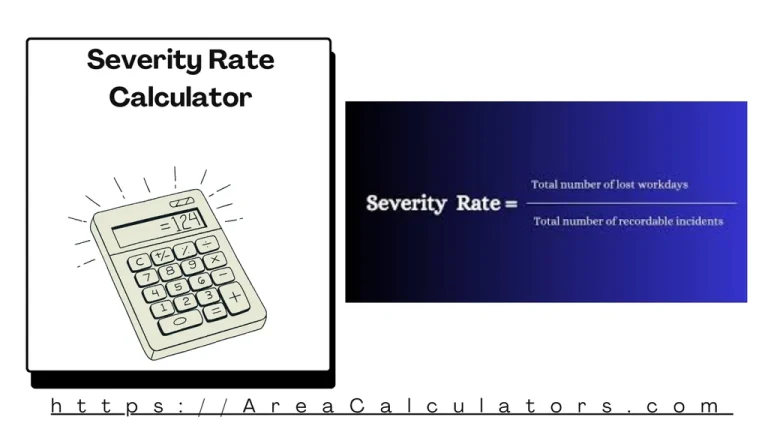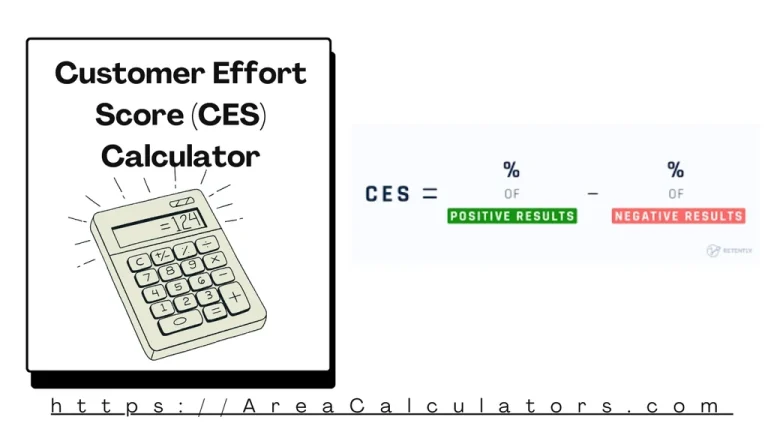Bass Reflex Calculator
Bass Reflex Calculator is a helpful online calculator that is helpful for audio enthusiast and speaker builders to optimize their bass reflex design. You can determine the tuning frequency of your bass reflex speaker enclosure for the best possible bas and sound quality.
Formula:
The formula is:
Variables:
| Variable | Meaning |
|---|---|
| Tuning Frequency of the Bass Reflex Enclosure | |
| Speed of Sound in Air | |
| Mathematical Constant (approximately 3.14159) | |
| Volume of the Enclosure | |
| Density of Air | |
| Cross-sectional Area of the Port |
Solved Examples:
Example 1:
Given:
- Speed of Sound () = 343 m/s
- Enclosure Volume () = 0.05 m³
- Air Density () = 1.21 kg/m³
- Port Area () = 0.00785 m²
| Calculation | Instructions |
|---|---|
| Step 1: Substitute the values into the formula: | Start with the formula. |
| Replace the variables with the given values. | |
| Step 2: Calculate the inside of the square root: | Multiply by , then divide by . |
| Simplify the equation inside the square root. | |
| Step 3: Calculate the square root: | Take the square root of 7.70. |
| Result of the square root calculation. | |
| Step 4: Calculate the denominator: | Multiply |
| Result of the multiplication. | |
| Step 5: Calculate the tuning frequency: | Divide the speed of sound by the denominator. |
| The final tuning frequency. |
Answer: The tuning frequency of the bass reflex enclosure is approximately 19.63 Hz.
Example 2:
Given:
- Speed of Sound () = 343 m/s
- Enclosure Volume () = 0.1 m³
- Air Density () = 1.21 kg/m³
- Port Area () = 0.01 m²
| Calculation | Instructions |
|---|---|
| Step 1: Substitute the values into the formula: | Start with the formula. |
| Replace the variables with the given values. | |
| Step 2: Calculate the inside of the square root: | Multiply by , then divide by . |
| Simplify the equation inside the square root. | |
| Step 3: Calculate the square root: | Take the square root of 12.1. |
| Result of the square root calculation. | |
| Step 4: Calculate the denominator: | Multiply |
| Result of the multiplication. | |
| Step 5: Calculate the tuning frequency: | Divide the speed of sound by the denominator. |
| Hz | The final tuning frequency. |
Answer: The tuning frequency of the bass reflex enclosure is approximately 15.7 Hz.

